Concordia Photography Collective Defies Conventions
Two-Part Show ‘Residue’ Features Concordia Student Art
“ RESIDUE is the human imprint left as we navigate our surroundings,” reads the blurb of the Concordia Photography Collective’s latest exhibition.
The first part of the show was presented between Jan. 14 and 18 at Galerie POPOP, which featured mainly photography, but also sculptures, and one video work.
Seven artists engaged with the interaction between individuals, technology, nature, and our surroundings. A second part with different artists ran between Jan. 21 and Jan. 26.
“One way that you could think about residue is that it describes what is leftover—from an event, a relationship, or even our environmental impact and how we can see traces of that with our work,” said co-curator of RESIDUE and Concordia photography student Isabelle Bredt.
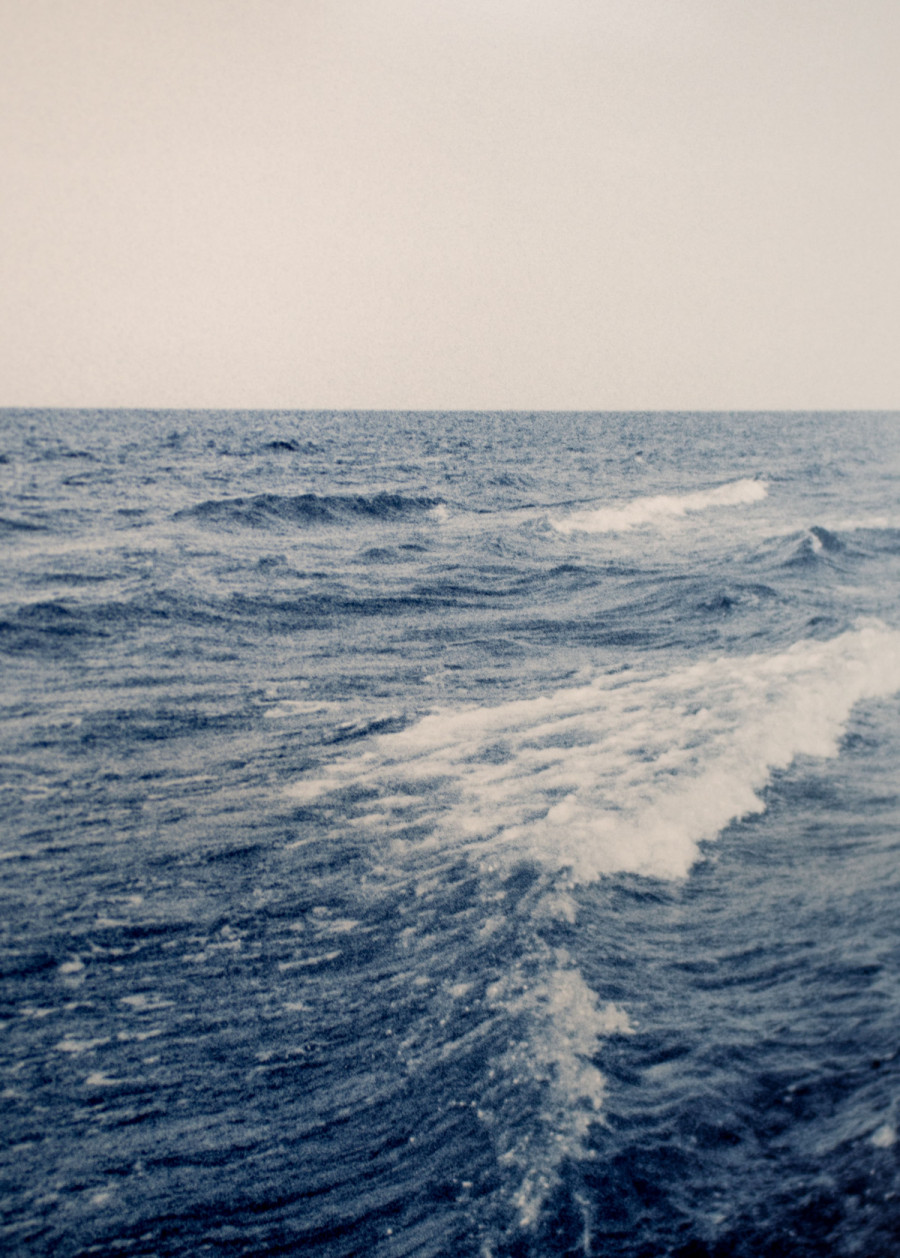
The exhibition was not about technically perfect images, explained Bredt and co-curator Peniel Hong. Instead, the artists were encouraged to seek meaning and emotion over conventional photography rules.
“There is something called image fatigue,” said Hong, who also studies cinema production and photography at Concordia.
“The number of images that we consume is vast,” he added. “If you consider photography in its relationship with art, there’s that need to be familiar, yet intriguing enough. Sometimes, having images that are not perfect is more interesting.”
Bredt explained that the CPC is open for everyone that wants to get involved in photography or other forms of visual art. “We provide a place to get to know other kinds of work. Anyone can come,” she said.
“We want to have a system where we can curate, but also help other people who are in their first and second year,” added Hong. “Some of the students that showed are not photography majors, but are taking photography classes.”
Antoine Giroux, a second-year photography major, was among the seven artists of the first event.
In one of his standout pieces from his series Flow, he caught an intimate moment between friends at a rave. It was taken on film, lending a grainy, blurry quality to the image. The result is a melancholic and nostalgic photo.
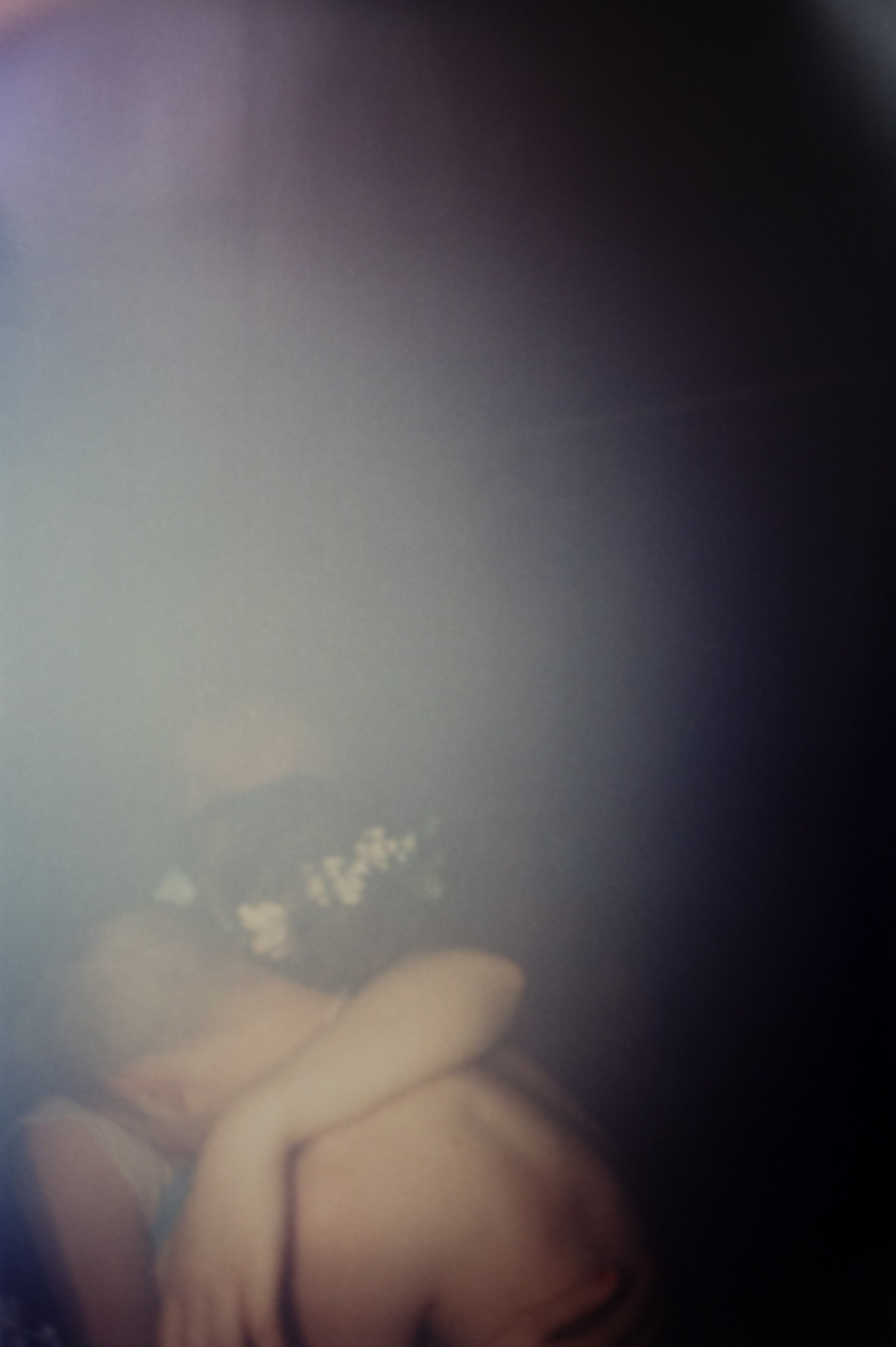
Giroux aimed to play with the idea that our memories are saturated and a little deformed.
“There’s that duality between the violence and the energy of techno music,” he said. “The concrete walls with strong resonance, the aggressive light of the flash—and to have a moment of serenity and love between two people in a rave. I wanted to make a link of duality between violence and serenity.”
The images had significant noise—imagine the screen of an old television. Giroux’s work was underexposed, and the subjects not framed within guidelines of traditional photography. Those flaws made them special.
The next image depicts a body of water during high tide. It was taken in black and white film during a trip to Gaspésie, but the finished product has been turned to colour.
“Adding blue can add a feeling of nostalgia. It creates something calm. The ocean gets petrified and maintained,” said Giroux. “If there was movement, wind, and noise, it has disappeared. Now we face a serene and soothing image.”
For Giroux, it’s not about getting the crisper, most detailed photo. It’s about emotionality, and the moment in which it was taken.
“It’s not only about the framing nor the subject. The way that the subject was captured is also important and it’s what I felt at that exact moment.”

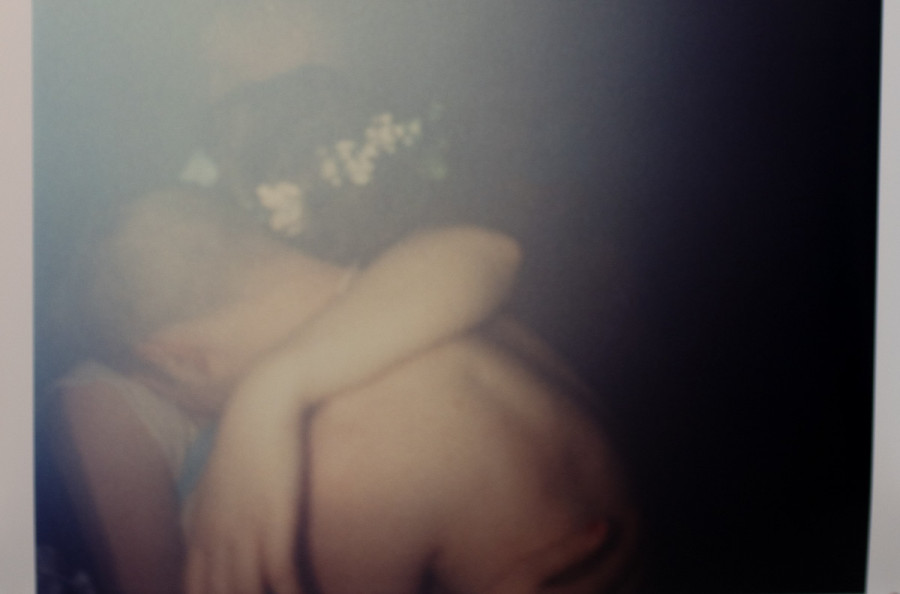
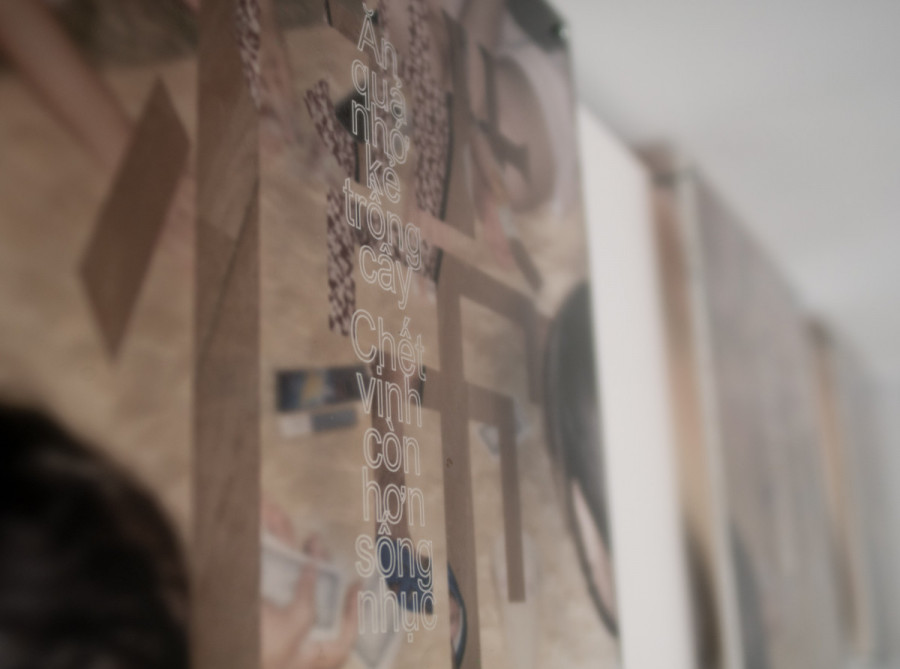
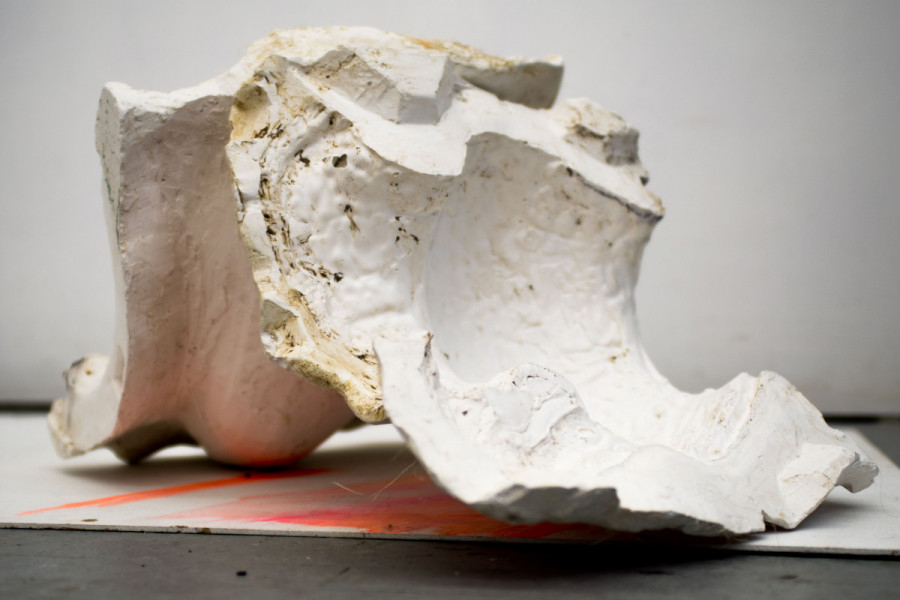
_600_832_s.png)
